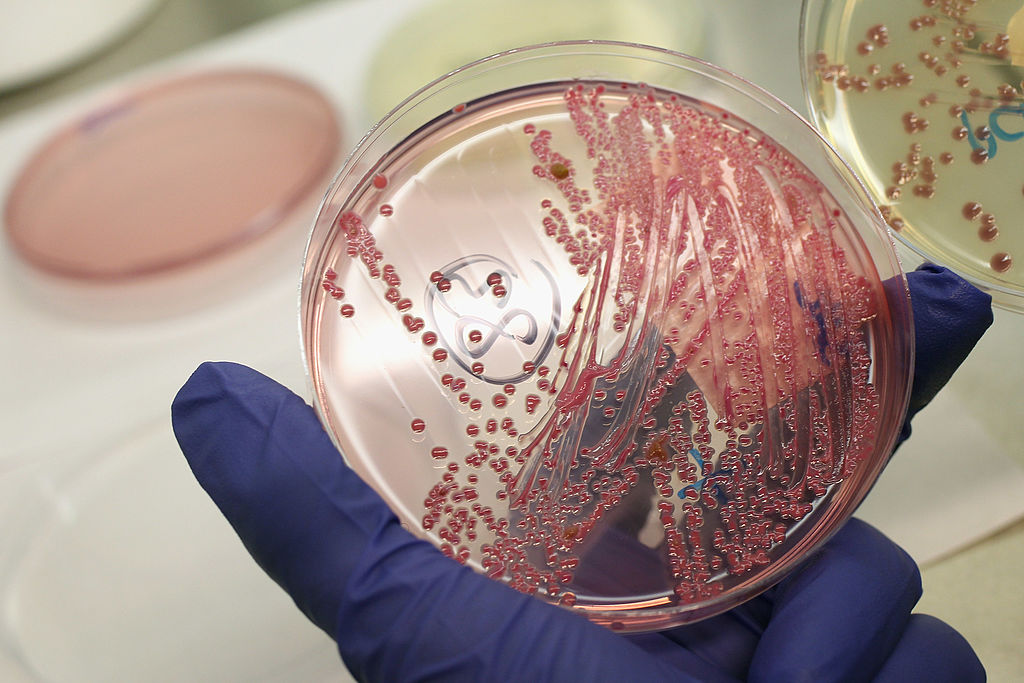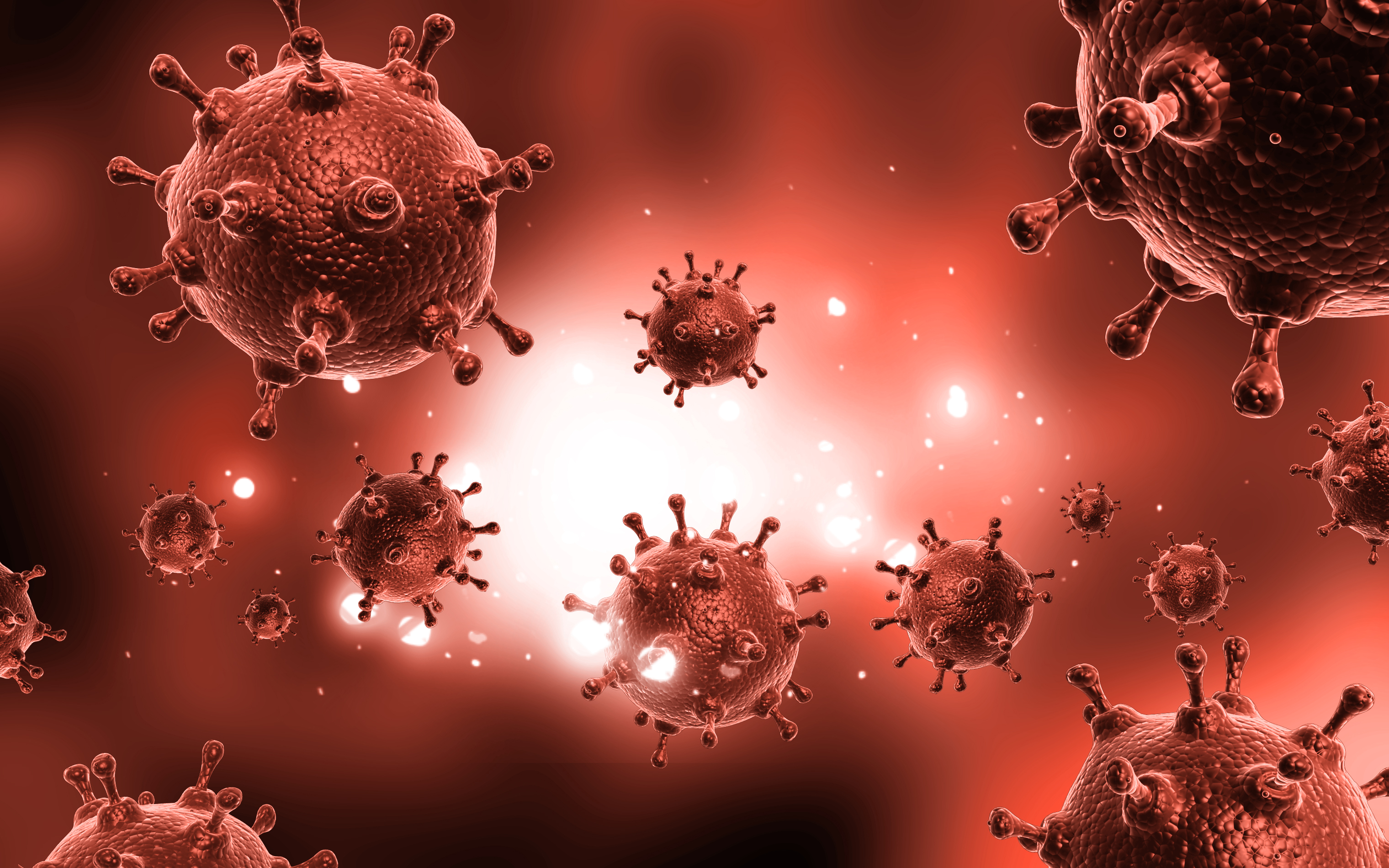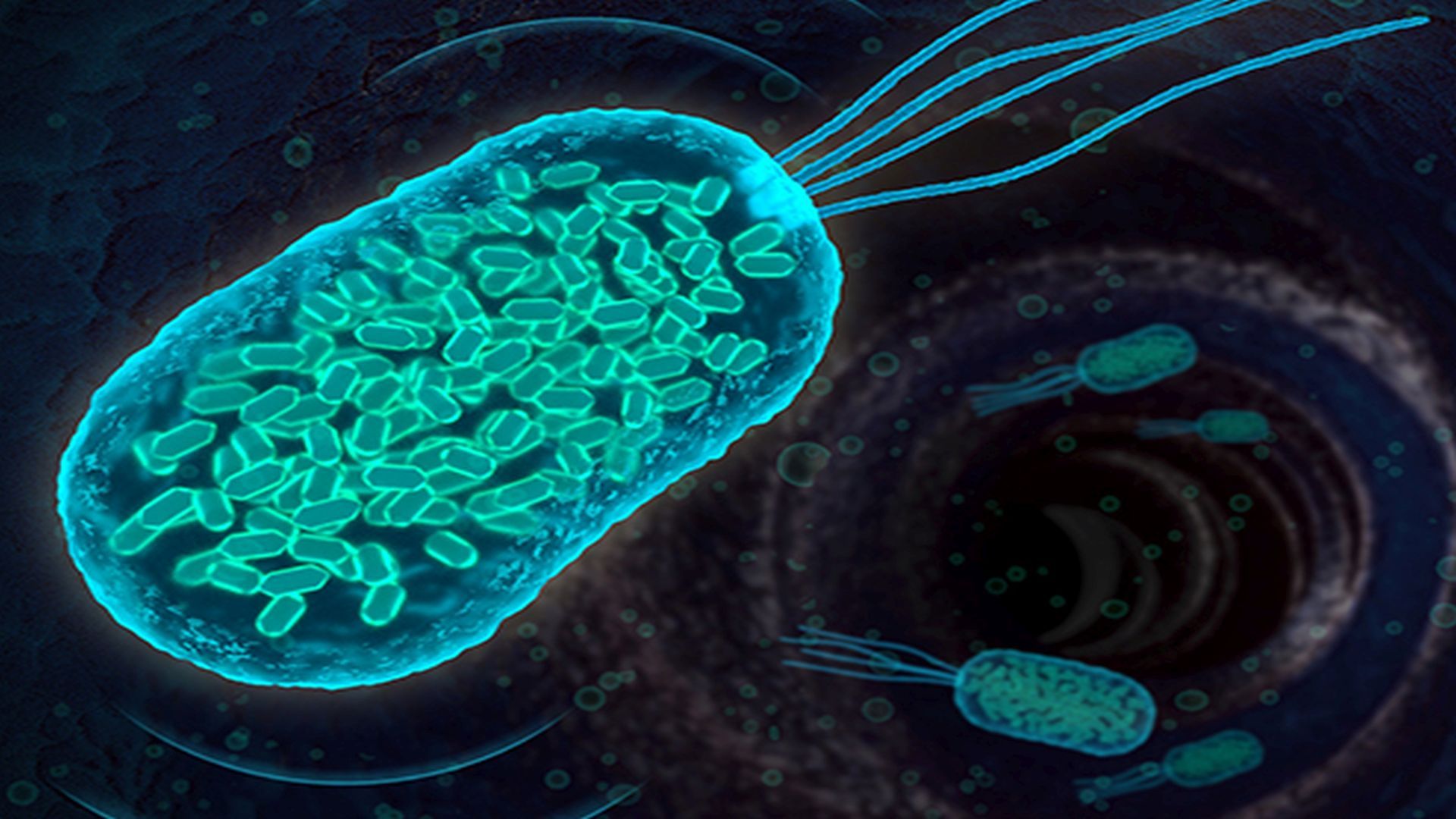Fun Tips About How To Control Bacteria

Describe the principles of controlling the presence of microorganisms through sterilization and disinfection.
How to control bacteria. To move phages into mainstream medicine, we need clinical trials. Physical agents include such methods of control as high or low temperature, desiccation, osmotic pressure, radiation, and filtration. Thorough understanding of resistance mechanism and innovation in new drugs and vaccines is the need.
Bacteria can cause many types of infections, depending on how you’re exposed and what part of your body it infects. Coli bacteria to cause severe disease in people while other bacteria are harmless, a finding. How can bacteria harm us?
Bacteriocins can help us solve problems, such as antibiotic resistance or food spoilage. Inanimate items, such as doorknobs, toys, or towels, which may harbor microbes and aid in disease transmission, are called fomites. The findings are described in nature structural & molecular biology.
(a) decontamination (b) inhibition (c) destruction (d) sterilisation. Coli bacteria allows them to cause severe disease. Sterilization by moist heat 4.
Many of these methods nonspecifically kill cells by disrupting membranes, changing membrane permeability, or damaging proteins and nucleic acids by denaturation, degradation, or chemical modification. How can bacteria help us? February 21, 2024.
Understand and compare various chemicals used to control microbial growth, including their uses, advantages and disadvantages, chemical structure, and mode of action. Warming may accelerate their activities putting large carbon stocks at risk of decomposition. Common control methods include the application of high temperatures, radiation, filtration, and desiccation (drying), among others.
Other bacteria can directly invade and damage tissues. Tomatoes encounter many pathogens, such as fungi and bacteria, which reduce the yield and quality of plants and lead to large losses in production. Control by chemical agents refers to the use of disinfectants, antiseptics, antibiotics,.
Define the generation time for growth based on binary fission. What are the types of bacterial infections? Practice proper hygiene, especially good handwashing.
Some infections caused by bacteria include: Identify and describe the activities of microorganisms undergoing typical phases of binary fission (simple cell division) in. To prevent the spread of human disease, it is necessary to control the growth and abundance of microbes in or on various items frequently used by humans.
We are already taking advantage of some bacteriocins, like nisin, but many more are to come for health and food applications. This control is affected in two basic ways: Researchers at the icahn school of medicine at mount sinai have identified a new approach to controlling bacterial infections.

















